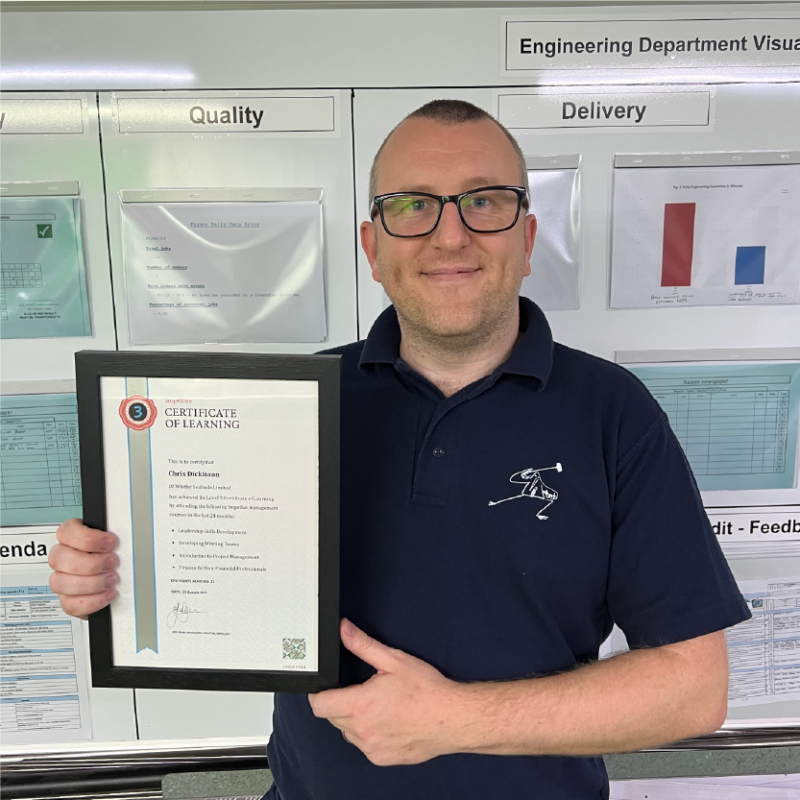Management theory is normally developed around commercial organisations leaving the charity sector to interpret it to their own needs. But some charities are large organisations with many staff to manage, and they too can benefit from some of the lessons of good management thinking.
Recent discussions with people running High Street charity shops highlighted to me the different challenges that they face from the commercial sector. Our view of the charity shop may be of a slightly messy down-at-the heel retail space, but for the charity it is often a major source of income, and with other income streams becoming ever tighter, there is greater pressure on making the shops a successful venture. However, the charity shop is likely to be largely staffed by volunteers coming from all walks of life, and you probably can’t be too choosy about who you take on.
You’ll get the lonely lady, Mary, whose family are far away who has loads of heart but no education.
Then the retired entrepreneur, Bill, who volunteers because his wife died. He’s still grieving and doing this to get himself out of the house.
And you get the recovering alcoholic, Tony, who is working his way back to health, but you’re not quite sure whether he’s having a relapse.
So, you ask them to fill the shelves with the new stock that arrived over the weekend. Mary puts everything on one rack – not dividing it into different groups of clothes, Bill decides the whole process is flawed and starts to re-organise the entire shop, and Tony works on it for 5 minutes before getting distracted by the music section and he then spends the rest of the morning putting all the CDs in alphabetical order.
So how do you manage that?
The first step has to be to accept that this is different from a commercial operation and will never be as tightly run as a normal high street shop. The priorities are different and the volunteers are being helped by the charity almost as much as the beneficiaries. But beyond that there are plenty of management techniques that will help you.
Start with the values – just for the shop. Of course, what happens in the shop must be aligned with the charity’s overall mission, but it is important to work out what are the priorities within the shop as well. Perhaps do this exercise with some of the more regular staff. Sit down and agree what is important in the shop and the way it is run. Your values might turn out something like:
- We work as a team to maximise the funds we can raise for the charity by making the shop successful
- We keep the shop clean and tidy with nothing left on the floor to trip on
- We aim to make the shop a pleasant and happy place for customers to visit
- We are kind and supportive to each other.
There may be more, but the list shouldn’t be much longer – too many and they will lose their impact.
Having set out the important values, then it is important to communicate them to all the staff and to continually bring them into the conversation making them relevant to the shop environment. In this way you will increase the alignment of all your staff with the aims of the shop.
With Mary – you can gently point out to her that clothes sell better if they are on the same shelf as others of the same kind. With Bill – you point out that it is more important to tidy the shop than completely re-arrange it during opening hours. And with Tony you can draw him back into the group by suggesting his energies might be better used helping design the shop window for the coming week.
So the vision and values are not earth-shattering, but they set the scene of what is important and give you a framework to refer to when deciding priorities and shaping the way people behave.























